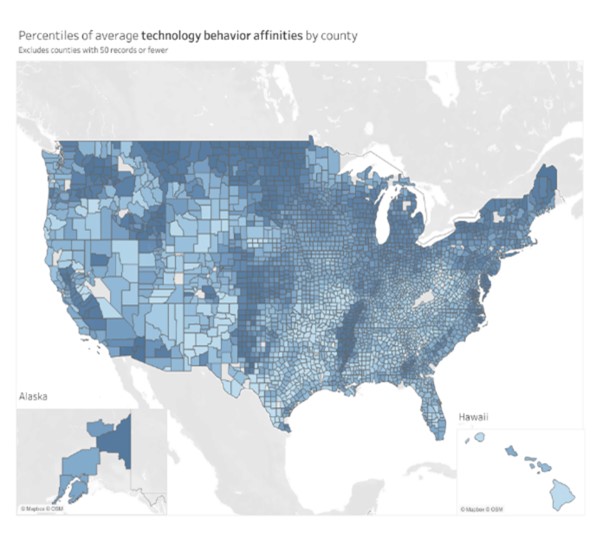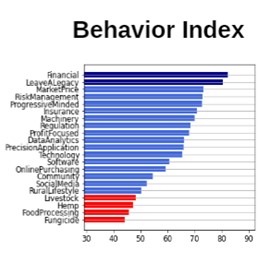When I took on Trust In Food’s director of business development role at the beginning of 2021, I assumed NGOs and major multinational crop input companies would vary greatly in their goals. But in reality, what I’ve found out is that the vast majority of the industry is rowing in the same direction when it comes to increasing the use of regenerative and sustainable production practices.
To use a sports analogy, what separates these organizations isn’t their business structure but rather their pre-race strategy. If sustainable agriculture acceleration were a rowing club, careful examination of these strategies would reveal which organizations resemble the action-oriented Harvard University rowing team speeding down the river, and which are meandering down the stream in a paddleboat.
In my time here at Trust In Food and at other agriculture companies, I’ve identified three key things that differentiate the Harvard rowing team-type organizations:
1) They’re Meeting Producers Where They Are
I don’t mean these organizations are physically spending time on farmers’ operations, at industry events or at association meetings (though they certainly do that, too). What I mean is that they take quantitative stock of each producer’s individual readiness to make a sustainability-related change. They proceed accordingly based on those insights.

By understanding an individual prospect’s awareness of the subject matter, their interest in it and their readiness to take on a change, a sustainability-minded organization can customize interactions and marketing strategies to get across the finish line faster.
For example, when we know that a producer has interacted heavily with stories, educational webinars and events focused on data collection and farm management software tools to document on-farm sustainability practices, we can start serving activation tactics to help them quickly begin the journey of using products involving data and software.
Yet when we see that a prospect isn’t measurably aware of the benefits and options for data collection technology, it’s more likely we should bring them down the adoption funnel with educational material.
Organizations that enroll the highest volume of acres in sustainability-related programs are those that use readiness data as a starting point. They don’t kick off every campaign as if all producers are equal in their readiness.
2) They Speak Each Prospect’s Language
Just as producers vary in their readiness to adopt certain practices, so too do winning organization focused on scaling sustainable agriculture realize that producers are people, too. Their interests and motivations vary.
It sounds simple, but accessing data that demonstrates what motivates Carly in Ohio versus Audra in Virginia allows an organization to individually serve communications and engagements that will trigger a forward step.

For example, Trust In Food’s proprietary data show that farmers with a high affinity for carbon markets gravitate toward informational content on succession planning and leaving a legacy to the next generation at a higher rate compared to the average American farmer. Producers in this segment also are more likely to interact with material and content that has a financial spin to it.
By understanding exactly what type of wording and metrics are most likely to engage key prospects at an individual level, the guesswork can be taken out of campaign and content design.
3) They Pair A Motivating Messenger With A Powerhouse Platform
As a division of Farm Journal, a 145-year-old business intelligence company exclusively serving U.S. agriculture, my team and I at Trust In Food would love to believe that producers trust us. And they do. But when we asked more than 500 producers in a recent research study whom they trust most, a majority told us they’d take the word of other farmers to the bank first. With that in mind, we use our trusted platforms and industry-wide megaphones to elevate the voices of these influential farmers.

Recruiting trusted farmer ambassadors with high social capital and strong conservation experience has been a key strategy of winning campaigns across the board. Further, our research shows ag retailers, crop consultants and Extension professionals carry a huge amount of weight among producer prospects–and are likely underutilized resources in influencing farm-level practice changes.
Successful organizations design producer-facing content such as webinars and events, and convening services such as peer networks, around the lived experiences of producers and influencers, adding weight and trust that can’t be replicated.
What have you learned as your organization seeks to encourage greater voluntary adoption of sustainable ag practices? What other information on what’s working, what’s not and how to increase use of sustainable products and services would be helpful to you? I’d love to hear from you. Shoot me a message at rbartels@farmjournal.com.



